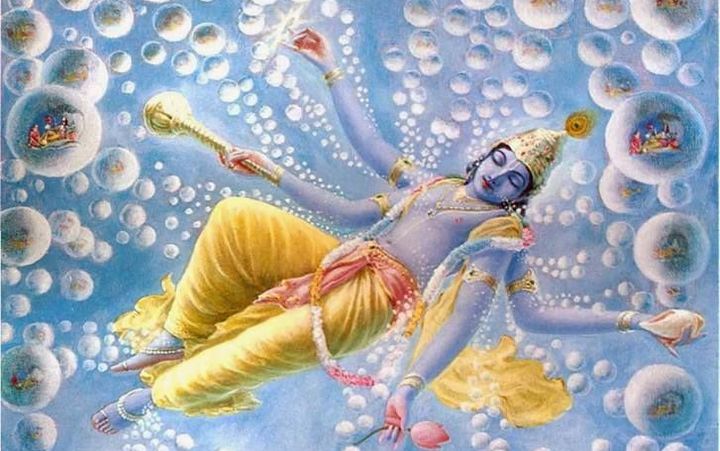Life’s full of ugly surprises. Not a day goes by without something or someone giving you trouble and pain. We have to learn to use this negativity to fuel our growth. Here we’ll see how you can do this.
Actually there are no problems. Think about it: what you call a problem is when something happened that you didn’t expect or desire. Where was this expectation and desire? In the future. Was it realistic? Apparently not. It was a fantasy. This is at the core of the 3T Path: changing from the fantasy paradigm to the life paradigm. Live life as it is, here and now.
And what you have here and now are challenges: from the smallest, like getting out of bed, taking a shower, and meditating for a while; to larger ones, like dealing with a difficult client or fighting off a bad cold; to epic ones, like dealing with a great loss or the death of a loved one. But that’s life: a series of challenges, right from the beginning. You had the challenge of dealing with birth, of learning to crawl, of needing sleep and motherly comfort. And it never stopped: first day of school, sharing your toys, sports, school, puberty, social life . . . non-stop challenges. This is just the way life is.
What you call a problem is just another challenge – life happening, as it always happens. There are no problems, just reality. And if it is different from what you expected or wanted, you can see how wrong you were in having expectations and undue attachments, living in the future instead of the present. What you call a problem has at the very least the benefit of bringing you back to the here and now and making you focus on your action and being yourself, exercising your wisdom and devotion.
Adversity is unavoidable; it’s part of life. It doesn’t matter who you are or what you have. Everyone has to deal with adversities, both large and small. But the great news is that suffering is optional.
You might think that suffering is something forced on you from the outside or that it is the natural result of a miserable event. If you stop and think about it, however, you’ll see that suffering is entirely self-imposed.
You and you alone create your own suffering as your mind refuses to synchronize with reality. All suffering is a result of your mind not being aligned with reality. The greater the difference, the more you suffer. The more you grab onto your fantasy, the more suffering you’ll experience in living a reality that doesn’t correspond.
The path to diminishing or even overcoming your suffering lies in following the steps of acceptance, gratitude, trust, and engagement in enlightened action, mindfully and according to your dharma. This brings your mind away from fantasy and to reality. It puts you in harmony with what’s really going on in your life.
Every situation, no matter how terrible, is a chance to deepen your spiritual consciousness and develop grit.
Some adverse situations come with hidden advantages. How many times have you experienced that not having your wish fulfilled turned out to be the best thing that could have happened? Has something seemingly bad, like being rejected by someone or being fired, ended up opening new doors in your life? As the saying goes, “Everything God does is good.”
You can change the world to a very limited degree, but you can drastically change your mind and how it interprets reality. Even as you try to adjust your material circumstances according to your dharmic duties, you must stay in harmony with the situation as it is, in the here and now, making the best of whatever situation you find yourself in.
Whenever a challenge arises, immediately skip over lamentation. Don’t let yourself be lost in complaint and self-pity. It’ll suck out all your power and drive, destroy your wellbeing. Immediately think: “What can I benefit from this situation? How will I become more detached, stronger and wiser from this?” And then, focus on your dharma, focus on taking a step forward, towards being the best you can be to rise up to the challenge, to face the situation that has arisen.
Watch my video on this topic here.
Look what they’re saying about The 3T Path book: “This book is incredible! It really changed my life and will change yours too.”





















